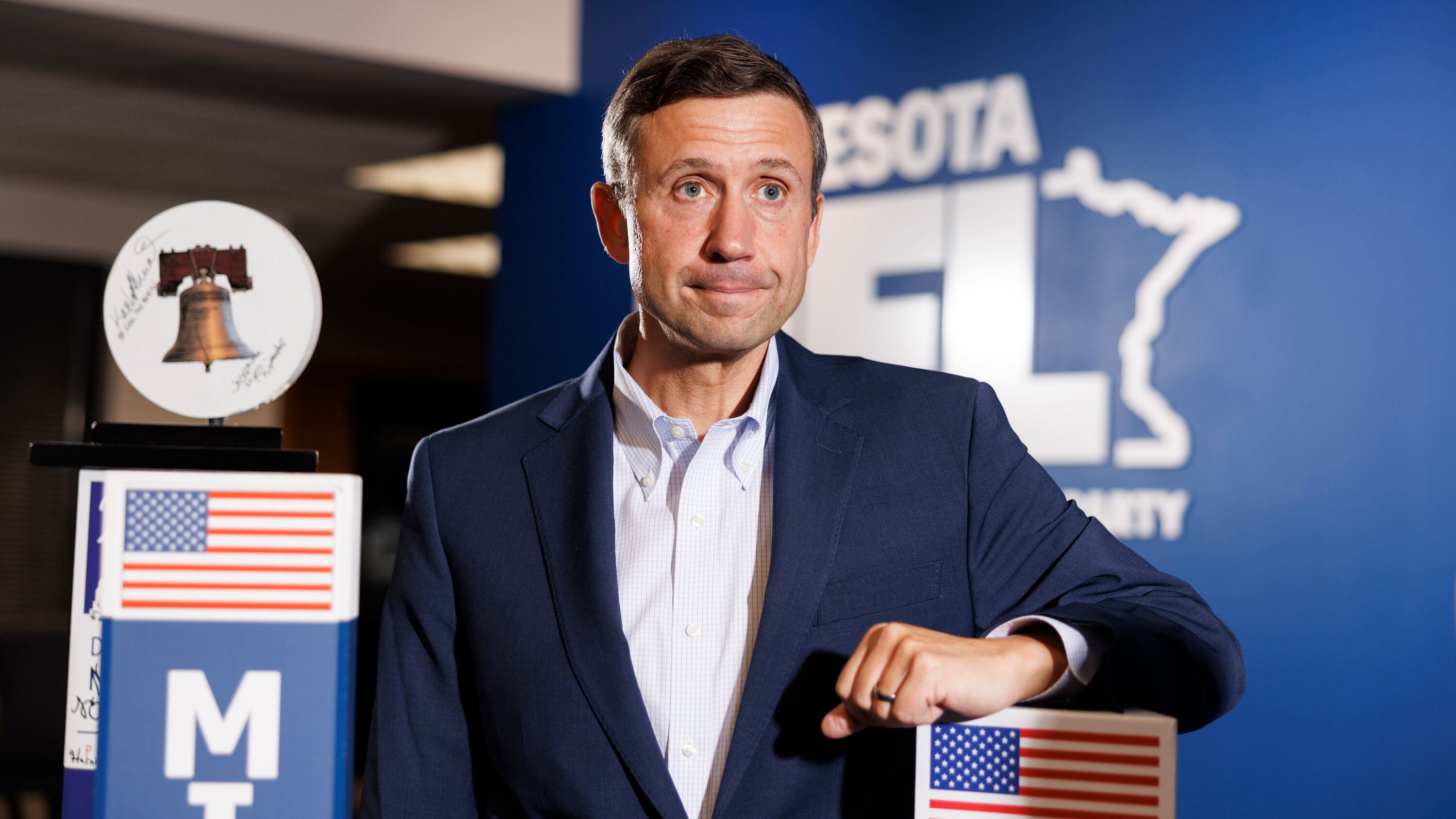Democratic Power Shift: Ken Martin Takes the Helm at DNC

In a strategic move to rebuild and reinvigorate the party, Democrats have chosen a seasoned Midwestern strategist to lead them out of the shadows of recent electoral setbacks. This behind-the-scenes political operator emerges as a beacon of hope for a party seeking to regain its footing and reconnect with voters across the heartland.
The selection signals a deliberate shift towards a more grounded, pragmatic approach to political leadership. By tapping a leader with deep roots in the Midwest—a region critical to national electoral success—Democrats are sending a clear message about their commitment to understanding and addressing the concerns of middle America.
This leadership change comes at a crucial moment, as the party grapples with the aftermath of recent electoral disappointments. The new leader brings a wealth of experience in political maneuvering and a nuanced understanding of the complex political landscape, promising to breathe new life into a party hungry for renewal and strategic direction.
With a focus on grassroots organizing and strategic communication, this Midwestern leader represents a fresh approach to party leadership—one that emphasizes connection, resilience, and the ability to navigate challenging political terrain.

